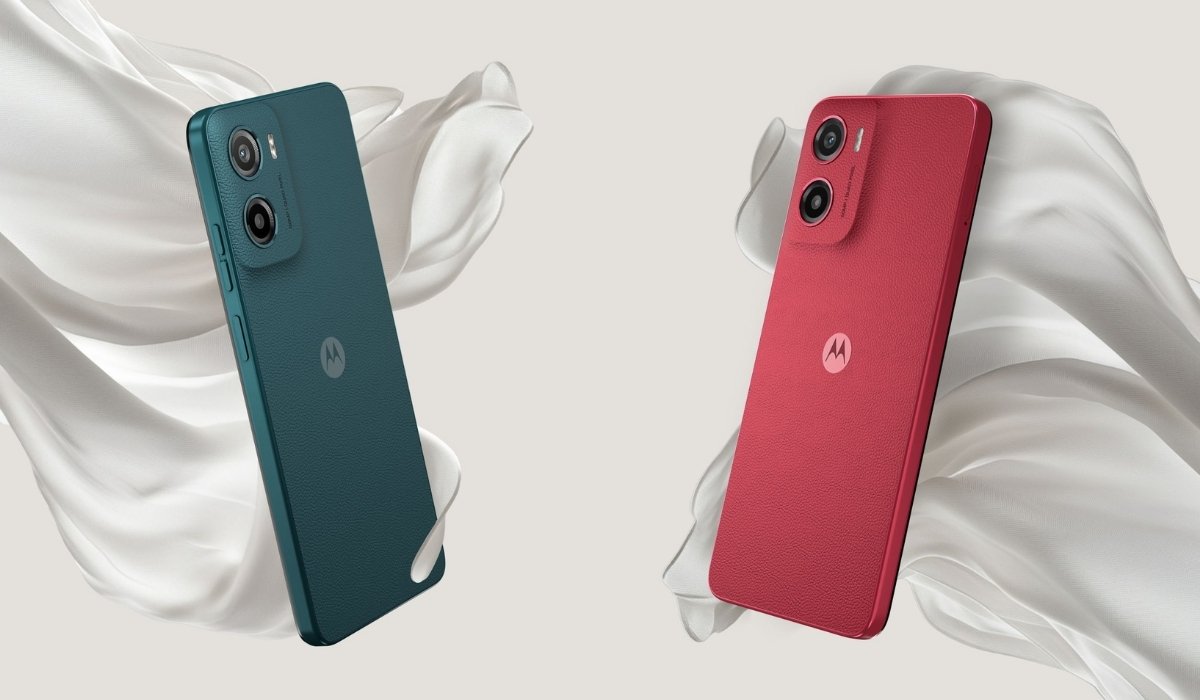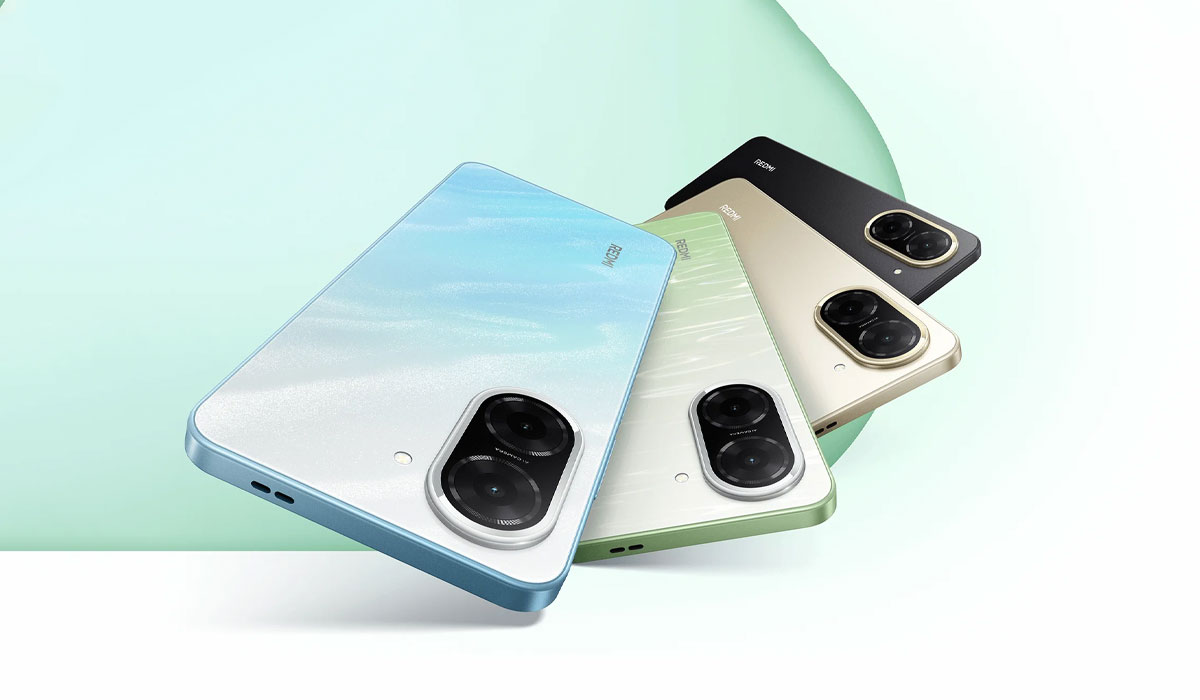The Xiaomi Mi A3 is the third iteration of the A series from Xiaomi. Known mostly for its camera capabilities, the A series from Xiaomi has taken quite a hit on many people. A clean-cut device that focuses on the important aspects of the device. Featuring Android One UI, rear triple camera setup and a monstrous battery, the Mi A3 has set a new bar for mid-rangers.
(Pricing: The Mi A3 Price in Nepal for the 4/64GB version is set at Rs 23,999 and the 6/128GB is set at Rs 27,999. Mi A3 is available in three color variants – Kind of Grey, Not just Blue and More than White.)
So, what is Mi A3 all about and how good is it? Let’s find out!
Xiaomi Mi A3 Review
Design
Alright, let’s start with the most obvious thing first. The Mi A3 is a clean looking device with a smooth glass finish on the rear. Thanks to the rear glass finish and the rounded corners, the device does look and feel premium on the hand.
Well, we can’t ignore the fingerprint magnet and the fragile condition of the device though. If you don’t want it to be a bother, you’d better get a case. The device also doesn’t have an IP certification. So, you need to careful around water.
The button placement is perfect. You can find the volume rockers and the power buttons on the side. Speaking of power, there is an in-display fingerprint scanner underneath the frontal glass. Well, it was a decent attempt but I’d rather prefer the rear fingerprint scanner for its speed. If its speed you’re looking for, the facial recognition is fast enough but is less secure.
There’s a dual partitioned speaker grill on the bottom. The partition may be dual but the sound output is around average. If you do get your hands on top of it, the sound output gets muffled which is a bit annoying when playing games.
Other than that, the device has a USB Type C port and back by popular vote is the 3.5mm headphone jack. There’s also an IR blaster in here but Xiaomi did not include the Mi Remote App. It can be easily downloaded from the play store if you need it. Onboard, the device has a 64GB storage which can be easily expanded from another slot.
There’re three color variants available. I personally enjoyed the More than white variant as it was sleeker and it had that reflection when light struck it. It’s best if you want to show off in front of other people.
Display
There’s a significant update in display. Xiaomi has included 6.01” Super AMOLED HD panel which covers around 80.3% screen to body ratio. The chin does cover up some of the space on the bottom while the forehead is replaced by a waterdrop cut-out which overall balances the screen. The 720p resolution is bit disappointing as I was hoping for a 1080p panel.
Nonetheless, the screen was pretty good throughout my usage period. The color reproduction is great, brightness & contrast are on point and there’s a wide viewing range. The screen is quite bright and vivid outdoors as well.
The pixel density on the phone is also quite low (~286 ppi) because of which you can see the pixels on the screen easily. But that should not be much of a bother actually if you’re more used to a 720 or lesser panel.
Performance
In its core the Mi A3 has an Octa-Core Snapdragon 665 chipset coupled with 4/6GB RAM. This 11nm chipset is a slight improvement to previous iteration’s Snapdragon 660 chipset. On paper, the phone may not seem as powerful but practically it’s a monster actually. Opening an app, or switching in between apps or multitasking in general is smooth as butter.
The device is pretty average in terms of benchmark score. AnTuTu gave it a 139393 score overall. But don’t just get hung up on the score. There’s more to the performance that meets the eye actually. It may not be there on paper, but in terms of gaming it is actually one of the best performing devices. I played a lot of intensive games and everything was smooth. There were no frame drops at all and the game didn’t stutter at all.
I’m especially impressed by the heat management in this device. Even when playing intensive games or shooting videos, the phone was substantially well managed in terms of heating.
Rear Camera
On to the rear cameras, the Mi A3 has a familiar camera setup with 48MP primary camera with an f/1.8 aperture at the center. The primary camera is coupled with an 8MP ultrawide at f/2.2 and 2MP depth sensor at f/2.4.
In general, I’m quite satisfied with the details of the photos. In daylight, the photos are quite detailed and color reproduction in the photos are amazing. Just have a look at these three shots taken in adequate lighting.
The details are absolute. Photos taken from the primary camera have well-balanced lighting, perfect saturation while maintaining the brightness and contrast. Taking the cactus as the primary object, we can see how the image’s entire essence is captured in the photo. Even when you zoom in, the details can be seen clearly which describes how great this camera actually is.
Taking about the modes, you can capture photos in 4 modes. The normal 1X, 2X Zoom and ultrawide 0.6x and an extra 48MP photo. When comparing all these photos side by side, we can see exactly how different modes operate.
Both the photos from ultrawide and normal cameras are quite good. The details are well preserved, the photos are well sharpened and saturated. The 2x photos, on the other hand, may seem distorted and noisy. About the actual 48MP photos aren’t that great. The details are all washed away. Instead of using the actual 48MP mode, it’s better to use the normal camera mode as the photos are way more detailed and appealing.
Night shots from the normal modes are okay. The photos are noisy and a bit disturbed. It’s actually better to use the dedicated night mode for such shots. The night mode does take a moment to click shots but it’s worth it. The details are well conserved and noise is reduced effectively. Just compare the photos taken from the normal mode and the dedicated night mode.
Portrait shots from the device are also good. It’s not perfect. The edge detection for instance, is not the best. If you zoom enough, you can easily notice the difference.
Front Camera
Moving on to the front cameras, Mi A3 packs a 32MP sensor underneath the waterdrop display. And as you would expect from a 32MP lens, the photos are quite detailed. Beauty mode is active all the time but it’s not aggressive. Portrait shots are also quite decent. All in all, the samples are quite impressive. Just have a look at these shots and decide for yourself.
Videos
Mi A3 can shoot 2160p videos at 30fps and 1080p videos at 30/60/120fps. The videos are quite stable even though the device does not have any form of video stabilizations. The quality is fine as well. There are various camera modes to play around with which is the most fun part about the video element in this device. Take the slow motions as an example. I really had a lot of fun playing around.
Software
One aspect of the device that I really enjoyed a lot is the stock android experience of the device. The device ships in with Android One on top. The software is clean and is completely ad-free, unlike the MIUI interface. Everything is perfectly smooth and the UI is responsive enough.
The text is big enough, and it also has a built-in night light. The phone also provides a notification light which lights up when notifications are received or when charging.
For those people who really enjoy the stock android experience, this phone is a perfect choice.
Battery
Finally, talking about the battery, the 4000mAh battery underneath is a monster. I had a really hard time killing its battery with my normal usage. Even on a day filled with intensive usage, I was able to get it down to 7% at the end of the day. On average you should get 5-6 hours of screen on time with moderate usage.
Even if you do manage to kill its battery, the phone can be charged in no time with the 18W fast charger. The fast charger got me around 60% charge in an hour that basically lasted me the entire day.
Here’s the usage statistics if you’re into that.
Conclusion
So, the Mi A3 has an impressive camera, a really good heat management system, the best UI and really impressive battery life. The only compromise in this phone is the 720p screen. If they’d just introduced the 1080p screen, I’d have gone for it without a second thought. But truly it didn’t bother me that much. So, I could live with it.
Mostly, the phone is worth the money. At Rs 23,999 it has almost everything.
Thus, if you’re a fan of the Stock Android experience and cameras, I see no reason so as to why you should not go for this device.
-
Motorola Moto G05 Finally Arrives in Nepal — A Budget Phone from a Trusted Brand!HIGHLIGHTS The Motorola Moto G05 price in Nepal is Rs. 12,999 (4/64GB). It has MediaTek…
-
Royal Enfield Classic 350 Now in 7 Colors with New Features and Updated PriceHIGHLIGHTS Royal Enfield Classic 350 price in Nepal now starts at Rs. 5.55 Lakhs to…
-
Redmi A5 Launched in Nepal: The Budget Staple is Even More Affordable!HIGHLIGHTS Redmi A5 price in Nepal is Rs. 10,999 (3/64GB) and Rs. 11,999 (4/128GB). The…
















